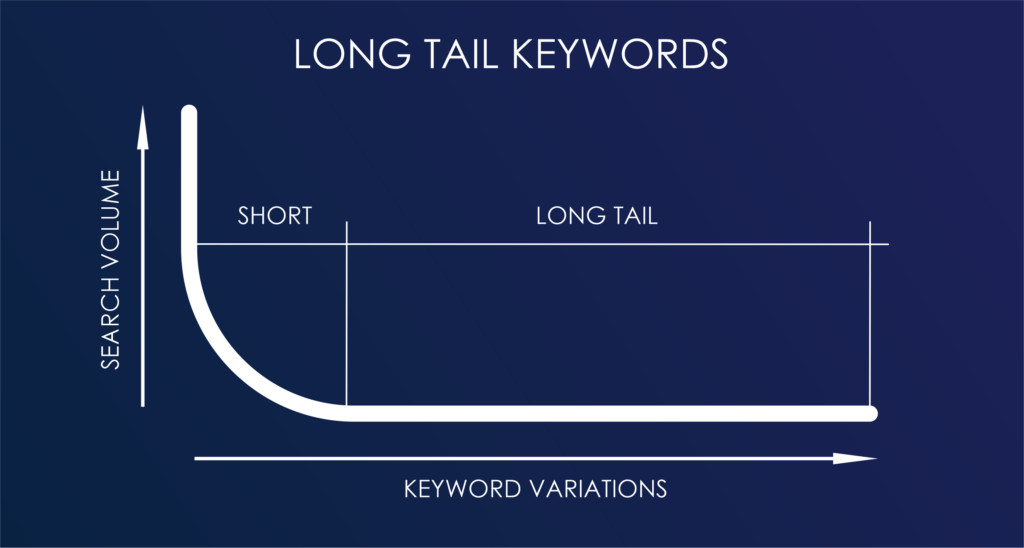Hey there! When it comes to optimizing your blog or website for search engines, one of the essential steps in conducting effective keyword research. By understanding the terms and phrases your target audience is searching for, you can create content that attracts relevant traffic and boosts your visibility. In this article, I’ll share five best practices for keyword research techniques and practices that can help you get started on the right track. Let’s dive in!
Contents
Best Keyword Research Techniques
Here are the five best keyword research practices to make your website shine and sing.
1. Understand Your Audience’s Intent
To kick off your keyword research, it’s crucial to put yourself in the shoes of your target audience. Consider what they might be searching for and what their intentions are. Are they looking for information, seeking a solution to a problem, or ready to make a purchase? By understanding their intent, you can identify keywords that align with their needs and optimize your content accordingly.
Tip: Use tools like Google Trends, Keyword Planner, or Ubersuggest to explore popular search queries and gain insights into the search volume and user intent.
2. Conduct a Competitor Analysis
Analyzing your competitors’ keywords is an effective strategy for discovering new keyword opportunities. Identify your top competitors and analyze their content to find the keywords they are targeting. This can provide you with valuable insights and help you uncover potential gaps in the market that you can leverage.
Competitor analysis is a great way to gain inspiration and learn from others in your industry. By examining their keyword strategies, you can fine-tune your own approach and stay ahead of the curve.
3. Long-Tail Keywords
While broad keywords may attract a significant volume of searches, they are often highly competitive. Instead, focus on long-tail keywords, which are longer, more specific phrases. Long-tail keywords may have lower search volume individually, but they tend to be less competitive and have higher conversion rates. They can also help you target a more specific audience, resulting in higher-quality traffic.
Look for long-tail keywords that contain three or more words, as these are more likely to match users’ specific search queries. Tools like SEMrush or Ahrefs can assist you in finding relevant long-tail keyword suggestions.
4. Balance Search Volume and Competition
When choosing keywords, strike a balance between search volume and competition. High search volume indicates a popular keyword, but if the competition is too intense, it may be challenging to rank well. On the other hand, low-competition keywords might be easier to rank for but may have limited search volume. Aim for keywords with a reasonable search volume and manageable competition to maximize your chances of ranking well in search engine results.
Finding the right balance between search volume and competition can be a trial-and-error process. Don’t be afraid to experiment and refine your keyword selection over time based on your website’s performance and the feedback you receive.
5. Regularly Monitor and Update Your Keywords
Keyword research is not a one-time task; it requires ongoing monitoring and updating. Search trends, user behavior, and market dynamics are constantly evolving, so it’s essential to stay up-to-date. Monitor the performance of your chosen keywords, track changes in search volume, and adapt your content strategy accordingly. Additionally, keep an eye on emerging trends and new keyword opportunities to maintain your competitive edge.
Utilize tools like Google Analytics and Google Search Console to track the performance of your keywords, identify opportunities for improvement, and stay ahead of the curve in your niche.
Takeaway
Effective keyword research is a crucial aspect of optimizing your blog or website for search engines. By understanding your audience’s intent, conducting competitor analysis, targeting long-tail keywords, balancing search volume and competition, and regularly updating your keyword strategy, you can increase your chances of driving relevant traffic and achieving higher rankings.
Remember, keyword research is an ongoing process, so be proactive in monitoring and refining your approach. Good luck with your keyword analysis endeavors, and may your content shine in the digital realm!




